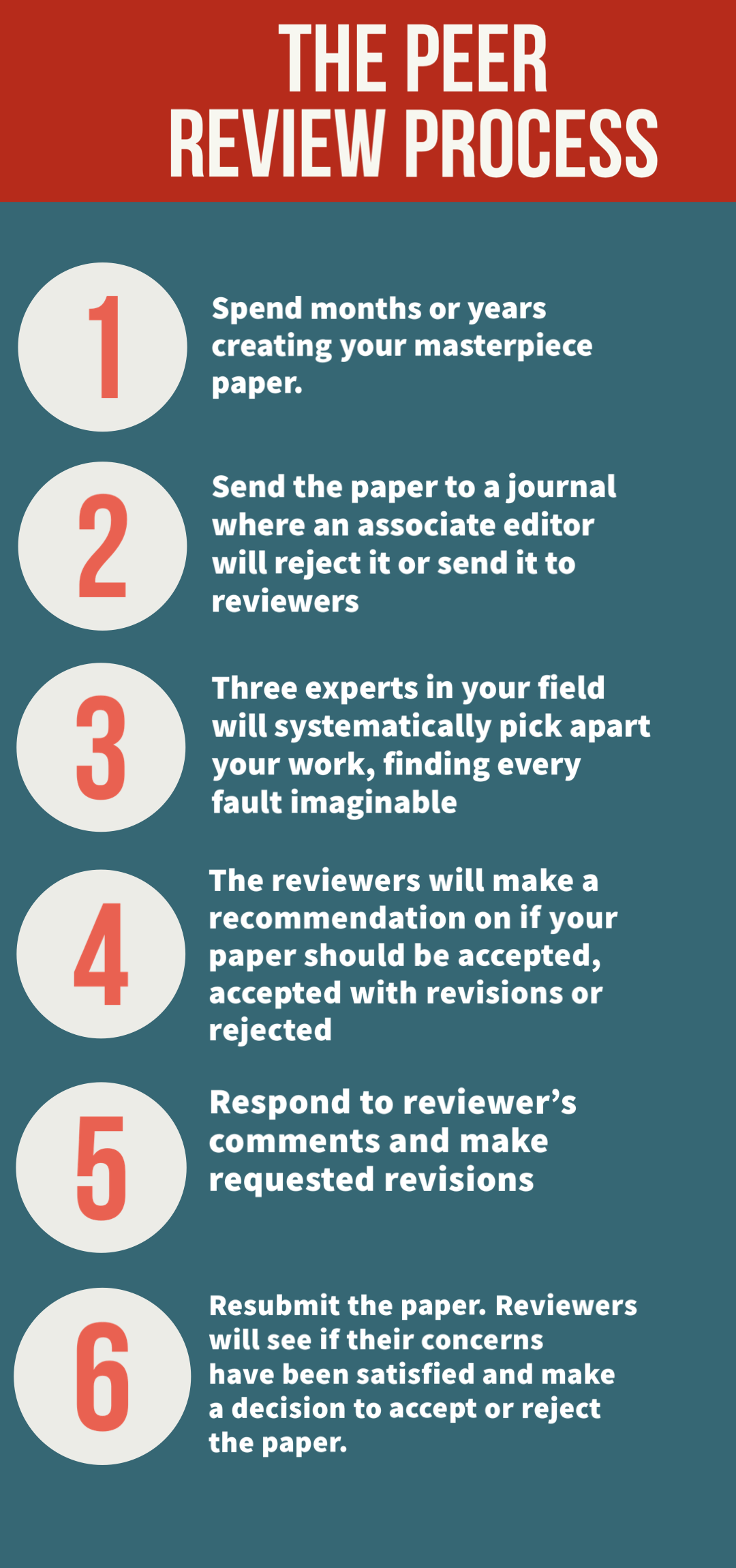The Peer Review Process and Why it Matters for Design
With attacks on the scientific community happening everyday, I thought it would be helpful for people to know more about the peer review process. Yes, the peer review process does have problems, but currently it is our best bet at getting to the facts.
Why does this matter as a designer? While you might not be carrying out peer reviewed research, it is still of vital importance to design for two reasons:
It is likely that many innovations you count on came from basic research that went through the peer review process and it is how many future innovations will come about for you to use in your designs.
You need to know how to get reliable information for your design and the peer reviewed articles are a good way to do that. I would also add here that as often as possible go to the original article. Too often articles in popular media about new research misrepresent the findings.
As someone who is right in the middle of submitting an article I have spent the last year and a half working on, I figure I am as well equipped as anyone to talk about peer review. Here is the general process:
You will spend months or years gathering data, performing experiments, making models to find some piece of knowledge that is new to the world. Then you will spend another big chunk of time synthesizing all that work into a paper. You will go back and forth revising it with your colleagues until you have your masterpiece paper.
Select the appropriate journal to submit it to. Once it is submitted, an editor at the journal will give it a quick review to see if it seems like it could be a fit for the journal. At this point the editor will either reject it or assign it to an associate editor to examine the paper and choose expert reviewers to give it a deep review.
The expert reviewers that will be chosen to review your paper are in your field. In my experience there are usually three reviewers. These are people who have spent years and likely their whole career in your field. The reviewers will pick apart every detail of your paper, finding every fault imaginable. The fact that the reviewers are anonymous to the authors, means their review will be particularly critical. When you get their comments back it hurts, trust me.
The reviewers will make a recommendation on if your paper should be accepted, accepted with revisions, or rejected.
Now you have the chance to respond to the reviewer’s comments and make requested revisions.
Resubmit the paper. If it was accepted with revisions before it will go back to the same reviewers for additional review. If the paper was rejected before you may decide to resubmit it to the same journal and the same reviewers will probably review it or you can submit it to a different journal and start this whole process over. Hopefully at this point your paper will get accepted.
It takes a long time to go through the peer review process, but that is so we can do our best to disseminate truth. Sometimes mistakes get made, sometimes data is falsified or sometimes a reviewer doesn’t give it the proper review, but as of right now this is the process that we should look to for the best available information. For the most part, authors, reviewers, and editors do their best to publish pertinent, vetted contributions to the world.
To cite this article:
Mabey, Chris. “The Peer Review Process and Why it Matters for Design.” The BYU Design Review, 2 Oct. 2020, https://www.designreview.byu.edu/collections/the-peer-review-process-and-why-it-matters-for-design.






